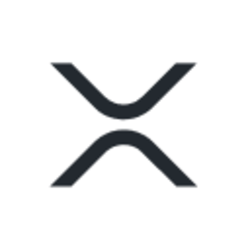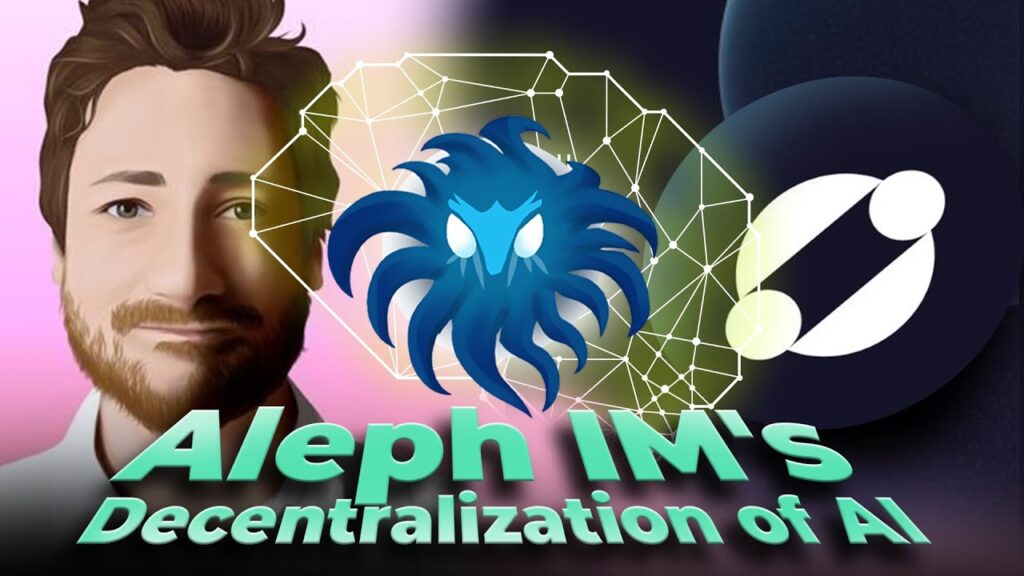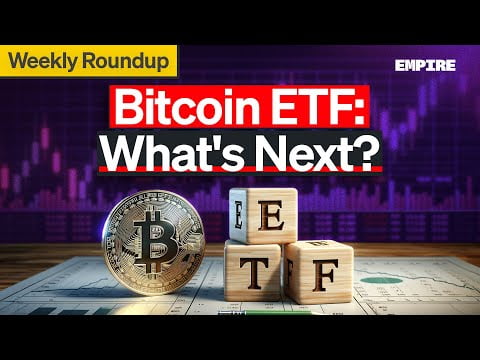Podcast Summary
This podcast delves into the operations and future plans of Ripple, a company that leverages blockchain technology to facilitate cross-border payments. The discussion covers Ripple’s unique consensus model, its focus on financial institutions, the development of a stablecoin, and the company’s regulatory challenges.
Key Takeaways
Ripple’s Unique Consensus Model
- XRP Ledger’s consensus: Ripple’s XRP Ledger uses a unique consensus model called XRP Ledger’s consensus. This cooperative process allows participants to work together to verify transactions quickly and efficiently.
- Transaction Speed and Cost: The XRP Ledger’s consensus model enables fast and cheap transactions, with transactions clearing in a few seconds and costing a fraction of traditional payment systems.
Ripple’s Focus on Financial Institutions
- Use of Digital Assets: Ripple’s primary focus is on financial institutions using digital assets like XRP to lower costs in cross-border payments and as an intermediary asset.
- Proprietary Product: Ripple has developed a proprietary product, RippleNet, which is sold to financial institutions, non-bank financial institutions, payment companies, and large corporates for institutional payments.
Development of a Stablecoin
- Stablecoin Launch: Ripple is launching a stablecoin to add new features to the XRP Ledger. The stablecoin will be issued by Ripple using its money transmitter licenses and will be regulated by the states that issue those licenses.
- Stablecoin Backing: The stablecoin will be backed by cash or treasury-like assets, similar to how USDC is backed. The company plans to provide transparency through regular audits of the stablecoin’s backing.
Regulatory Challenges
- SEC Case: Ripple’s case with the SEC found that XRP was not inherently a security, but some institutional sales were considered investment contracts. This case highlights the uncertainty and lack of clarity in cryptocurrency regulations in the United States.
- Need for Sensible Regulation: Ripple’s fight against the SEC has encouraged other companies in the crypto industry to band together and fight back. There is a need for sensible regulations that align with other countries to provide a long-term solution.
Future Plans
- Target Market: Ripple’s current focus is on financial institutions like MoneyGram for remittances, and their next target market will be companies that need to make global payments, such as Uber competitors.
- DeFi Ecosystem: Ripple’s company strategy includes bringing institutions access to decentralized finance (DeFi) products and services through their payment flows.
Sentiment Analysis
- Bullish: The podcast presents a bullish sentiment towards Ripple’s future, highlighting the company’s unique consensus model, its focus on financial institutions, and the development of a stablecoin. The company’s plans to target companies that need to make global payments and its strategy to bring institutions access to DeFi products and services also contribute to this positive sentiment.
- Bearish: The bearish sentiment is primarily driven by the regulatory challenges faced by Ripple. The company’s case with the SEC and the lack of clarity in cryptocurrency regulations in the United States pose significant hurdles for Ripple’s operations.
- Neutral: The podcast maintains a neutral stance when discussing the technical aspects of Ripple’s operations, such as the functioning of the XRP Ledger and the XRP Ledger’s consensus consensus model.











